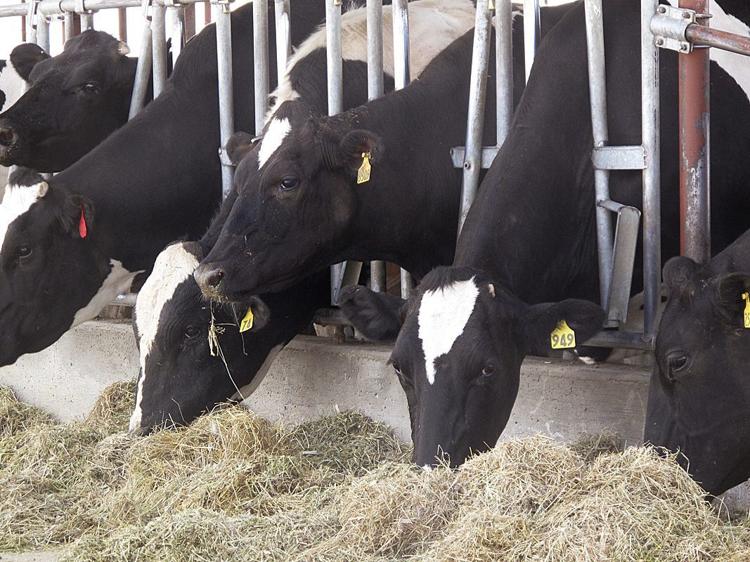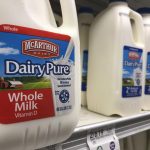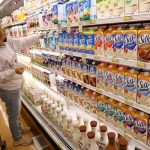
December exports, at 179,382 metric tons worth $524 million, were up 17% in volume and 22% in value year over year, according to the U.S. Dairy Export Council.
The positive picture in December continued a rebound in dairy exports that began in September.
While the value of exports year over year increased every month, except April and July, in 2019, there were significant declines in volume from January through August.
There were three reasons for the slow start in 2019, William Loux, USDEC global trade analyst, told Capital Press.
The first was the European Commission selling most of the skim milk powder it had purchased in 2015 and 2016 in an effort to support prices. At its height, the government owned more than 350,000 metric tons of excess powder, he said.
“As prices started to improve towards the end of 2018, the EU then sold this product at a discounted rate, which then moved onto the global market at a below-market rate — undercutting U.S. exporters and gaining market share,” he said.
By the latter part of 2019, most of that excess powder had been used up, allowing the U.S. to reclaim its lost market share. That’s why there was such strong growth in U.S. skim milk powder exports—more than 29%—in the last four months of 2019, he said.
The second reason is the U.S. continued to face retaliatory tariffs in China.
The first round was instituted in July 2018 after U.S. dairy exports had been on a record pace in the first half of 2018. That’s why the comparisons were especially unfavorable in the first half of 2019, he said.
“In volume, China was the United States’ second-largest market in the year prior to the tariffs. So, the retaliatory tariffs naturally had a major impact on U.S. exports,” he said.
The third reason was African swine fever, which devastated the Chinese pig herd — a key demand driver for whey in China as a prime ingredient in pig feed. Prior to ASF, China accounted for about 30% of global whey trade. And prior to the tariffs, about 45% of U.S. whey exports went to China.
Lower Chinese demand for whey, added to the retaliatory tariffs, reduced U.S. market share, he said.
U.S. exports year over year began to improve in September primarily on increased skim milk powder exports and good cheese exports, he said.
“The monthly comparisons also started to be more favorable as you were comparing exports to the back half of 2018, when the Chinese retaliatory tariffs were also in effect,” he said.
All told, exports in 2019 were down 7% in volume but up 8% in value, USDEC reported.
Value grew in part due to higher prices for some key products. In addition, the U.S. continued to see growth in the volume of cheese exports—and cheese is the highest value product per pound that the U.S. exports in large quantities, he said.
“So growing cheese sales grows our export value at a greater rate than SMP, whey and lactose on a pound basis,” he said.























